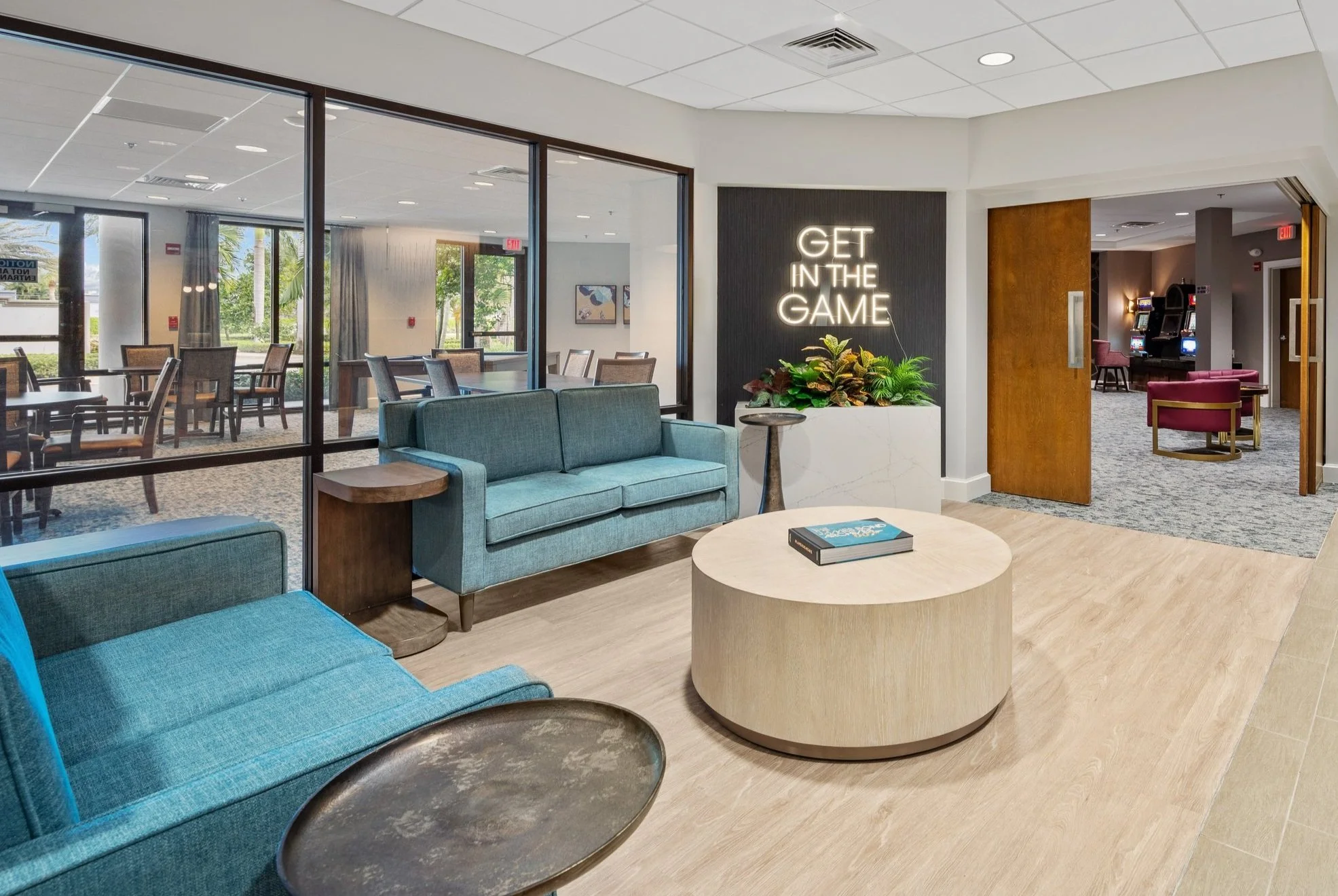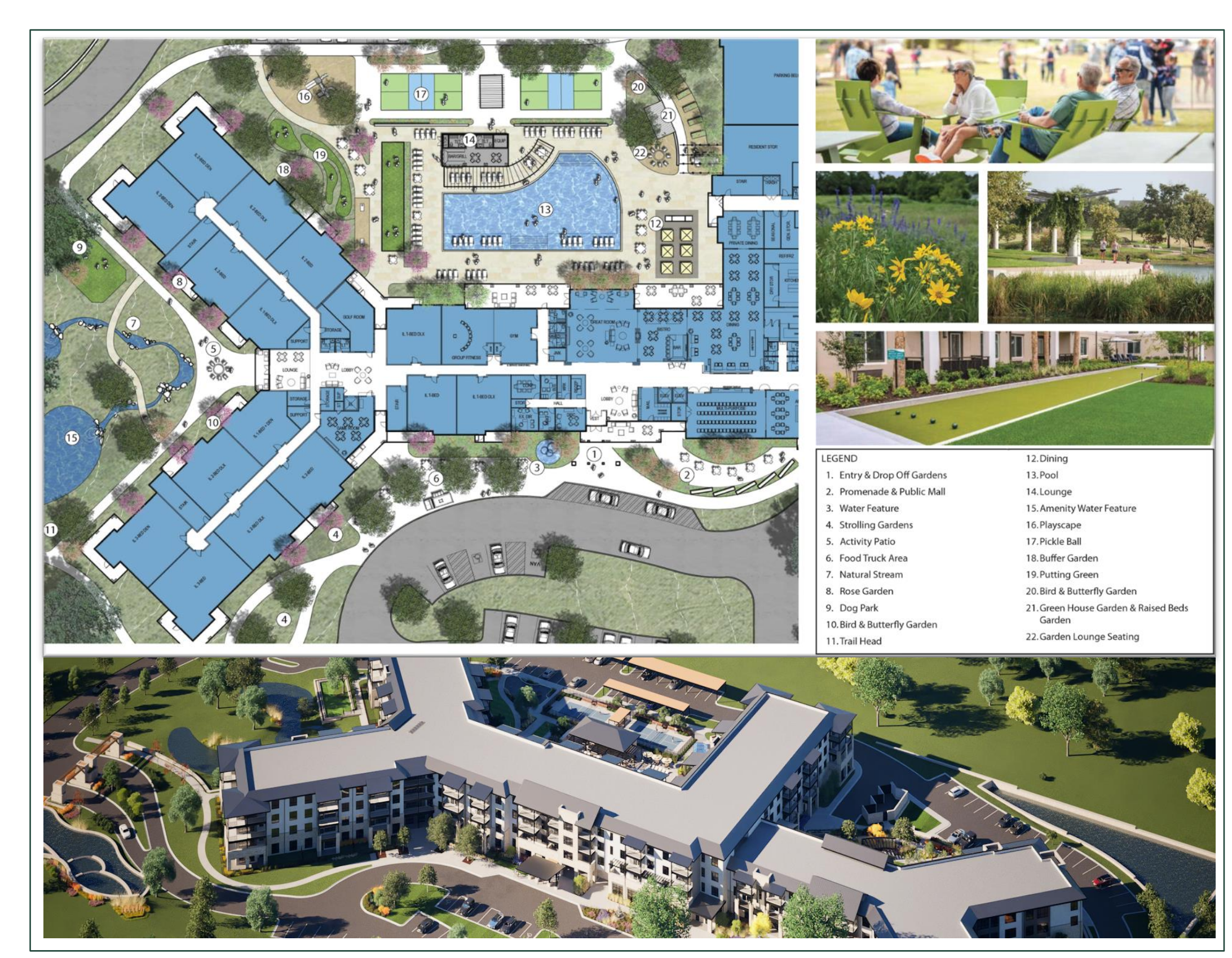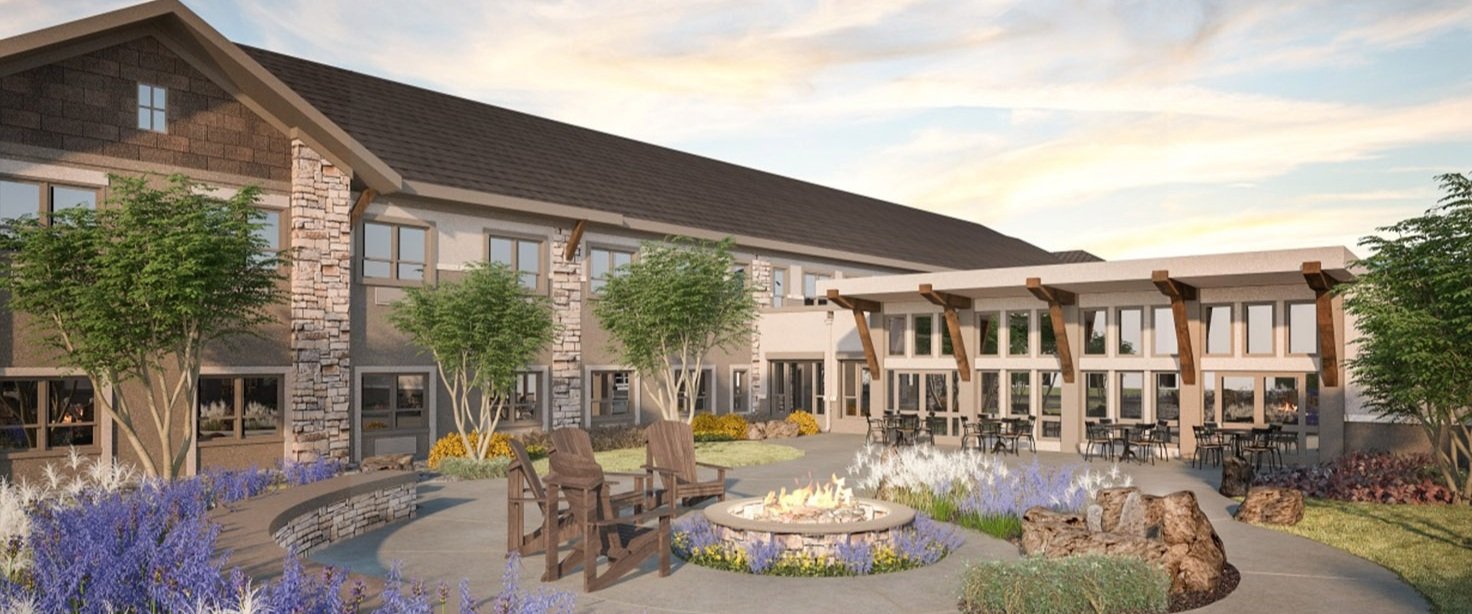What Do Younger People Think About Senior Living?
At Pi, we stay attuned to what people want in senior living. So, we were curious – what would people who are years away from considering a senior community want? After all, these individuals are the residents of the future. So, shouldn’t we consider their wants and needs in our strategic planning now?
Read what our younger staff and family members had to say.
Nothing Scary Here: Tips for Successful Repositioning
It‘s time to settle your fears over repositioning. With the right partners and planning, repositioning can be a dream instead of a nightmare. Look at the long-term benefits to the community to stay competitive and think of repositioning as a strategic investment in the future.
Mark Warrick, AIA, LEED AP, vice president of Pi Architects, shared some common fears about repositioning/renovations and how to exorcise these demons!
Halloween Without the Fright: Joyful Celebrations for Residents with Dementia
Halloween means scary fun for many people, but it can be upsetting and confusing for people living with dementia. This doesn’t mean senior living and long-term care communities can’t celebrate. It calls for careful consideration and meeting these individuals where they are. We have highlighted some Halloween fun that is safe and comfortable for people living with dementia in our recent article.
Taking Design from Spooky to Spectacular
October brings Halloween and all the spooky fun that comes with it. At Pi, we are embracing the spirit of the season as we consider some “haunting” senior living design trends that stick around from generation to generation. We sat down with Jamie Shepard, interior design project manager at Pi, to discuss design trends that are here to stay: Pull back the curtain! “Natural light is your greatest asset as a building designer and developer,” said Shepard, adding, “Where there is natural light, there is where people want to congregate..
Designing for Longevity: Celebrating Active Aging Week
There was a time when “active” and “aging” weren’t commonly used in the same sentence. Older adults were often depicted sitting on porch rocking chairs or on a park bench. When they were portrayed as active, it involved engagement with traditional activities such as golf or shuffleboard. When the International Council on Active Aging initiated Active Aging Week in 2003, it spotlighted the recognition that many older adults have healthy, engaged lifestyles and prioritize wellness activities on a daily basis. The image of the older adult has evolved and continues to do so as baby boomers and Gen Xers seek to make senior living their own.
Celebrate Work and Life with Residents on Labor Day
Labor Day is fast approaching, and it’s that last hurrah of summer before it’s time for falling leaves and pumpkin spice. September 1 is also an ideal time to host a summer send-off with residents, as well as to recognize the contributions they and your staff have made to the workforce.
Dating back to the late 1800s, Labor Day was designed to recognize the contributions of workers in this country. It started after a period where labor activists pushed for rights.
Making Lemonade Out of Staffing Challenge Lemons
In today’s ever-changing world, organizations are so busy looking for ways to attract new staff that they’ve overlooked an important means of addressing staffing shortages –failing to make the best most effective use of their current team.
Utilizing what you’ve got is important when profit margins are razor-thin and budgets are being slashed, but there are ways to make your buildings more efficient and staff-friendly without breaking the bank. In general, this involves balancing operational improvements with cost-effectiveness.
Trends in Senior Living Development and Repositioning
It wasn’t that long ago when every home had a landline telephone, and cell phones were considered a luxury. Today, much of the technology that worked 20 or even 10 years ago is outdated. The same is true for senior living. Many of the amenities that used to attract residents are woefully inadequate today – a single spacious dining hall, a game room for Bingo, and a swimming pool aren’t enough to meet their needs, interests, and expectations. However, many communities have ‘good bones’ and can be repositioned or renovated for seniors today and for years to come.
Master Planning for Senior Living: Integrating the Village Model
As senior living communities evolve, master planning must focus on fostering engagement, collaboration, and long-term well-being. Whether individuals reside in an active adult community, a senior living development, or independently within a broader neighborhood, providing access to integrated support systems is key to successful aging. One model gaining traction is the Village-to-Village Network, grassroots, community-based approach that enables older adults to age in place with confidence and support.
The Many Demands of Solo Agers
According to population data, about 28% of people aged 65 and older live by themselves; more than 6 million men and 10 million women. Many of these individuals are residents or potential residents of senior living communities; they can and do live independently. These individuals have issues that require support, with nearly 4 in 10 having vision or hearing loss, cognitive issues, or other problems or disabilities. An AARP survey shows that an astonishing 95% haven’t made a reservation at a senior living community, and 82% haven’t looked into finding an easier or less expensive place to live or made any modifications to their homes.
Designing for the Active Adult: How Pi Architects Support Active Aging Through Community Design
While we cannot stop or turn back the clock, Pi Architects designs active adult communities that enable people to age in spaces that meet their needs and interests, providing residents with services and amenities that focus on well-being and longevity, empowering residents to live more vibrant lives. It is about creating communities, places where people feel at home and connected to those around them.
In active adult communities, the design must reflect the mindset of a generation that sees aging differently. These residents often view themselves as youthful, energetic, and far from retirement age in the traditional sense. As a result, the communities that appeal to them must be vibrant and full of life.
Master Planning: Planning and Resilience Without the Crystal Ball
Designing a vibrant and in-demand senior living community is easy when there are no limits. In the real world, financial, operational, and scheduling constraints are a given. That’s where master planning becomes essential. It helps prioritize what’s possible now while laying the groundwork for future growth, innovation, and community needs. It enables you to determine what you can do now and helps create a timeline to realize additional plans, desires, and visions of the community.
Engaging Residents for Vibrant Master Plan
It’s an eternal conundrum. The budget is limited, but the sky’s the limit when it comes to hopes, dreams, and expectations. This can be a challenge in senior living when residents and prospective members dream big, but their dreams cost money, and the coffers aren’t overflowing. However, a combination of engagement, listening, transparency, and thoughtful compromise can enable facilities to make small innovations, bigger renovations done over time or in phases, and viable options to limit costs while maintaining quality and satisfaction. All this calls for a master plan and a team with design, marketing, customer service, leadership, communication, and negotiation skills. This can be especially useful in older communities where no significant changes or updates have been made in several years.
July 4th Celebrations That Sparkle
July 4th presents a great opportunity to showcase the amenities and features of your community while providing some fun and unique events and activities for your residents and staff. Involve residents in planning. Let talented residents perform and bring in friends and family members who can play music, donate food or other items, etc. Consider inviting leaders, partners, and friends in the community
Summer Solstice: Some Bright Ideas for Sunny Fun
The Summer Solstice arrives this Saturday, marking the beginning of summer and the longest day of the year. June 21st, at 4:42:02 AM to be exact. With 93 days of summer comes the desire to get outside and enjoy the warm weather and sunny days. Our team has some inspiring ideas to help senior living residents embrace the joys of summer and make the most of the summer fun!
Affordable Housing Can Be Profitable
Let’s face it. The need for middle-market senior housing is real and growing. Initial independent living costs an average of $4,126 or more per month, putting it out of reach for many lower- and middle-class Americans. According to the U.S. Department of Housing and Urban Development (HUD), about one-third of individuals over age 50 pay more than 30% of their income for housing, which makes them “rent burdened.” Not only does this make it difficult for them to save for the future, including health care needs, but it also places many at risk for homelessness and increases burdens on families who support or care for older relatives
20/20 Vision of the Future: Rethink What You Think You Know
A recent article in Forbes included our friend Michele Holleran’s predictions about the future of senior living. As we discussed in our recent conversation with Michele, there are still some uncertainties; however, it’s clear that builders, owners, operators, and others will need to rethink how they build, reposition/renovate, and market senior living to appeal to a changing demographic of older adults.
Make Hopping Good Fun for Residents at Easter
Easter marks the joyful arrival of spring, so this is a perfect time to enjoy all the season has to offer. Remind your residents of outdoor amenities with a community flower show, a springtime community picnic, or a pop-up shop with a local garden center. Easter is a time for celebrating and reflection, senior living communities can offer something for all their residents, as well as families and friends.
The Future of Senior Living: Clearing the Cloudy Crystal Ball
Increasingly, senior living communities will encounter people who don’t want a sedentary lifestyle. Preparing for the future of senior living means revisiting much of what we know about what older adults want, need, and can afford. It is important to figure out how to respond to the needs around well-being and longevity. Michele Holleran, CEO, of DeArment Consulting, LLC states, “I define longevity not only as the span of someone’s life but the quality of that lifespan.”
Making Dollars and Sense of Intergenerational Living
Senior living industry leaders agree that designing communities that enable and promote intergenerational connections is a priority for Baby Boomers and Gen Xers. Seniors are embracing new approaches that create engagement and integrated community living, breaking down ageism while supporting socialization, health, and wellness.




















